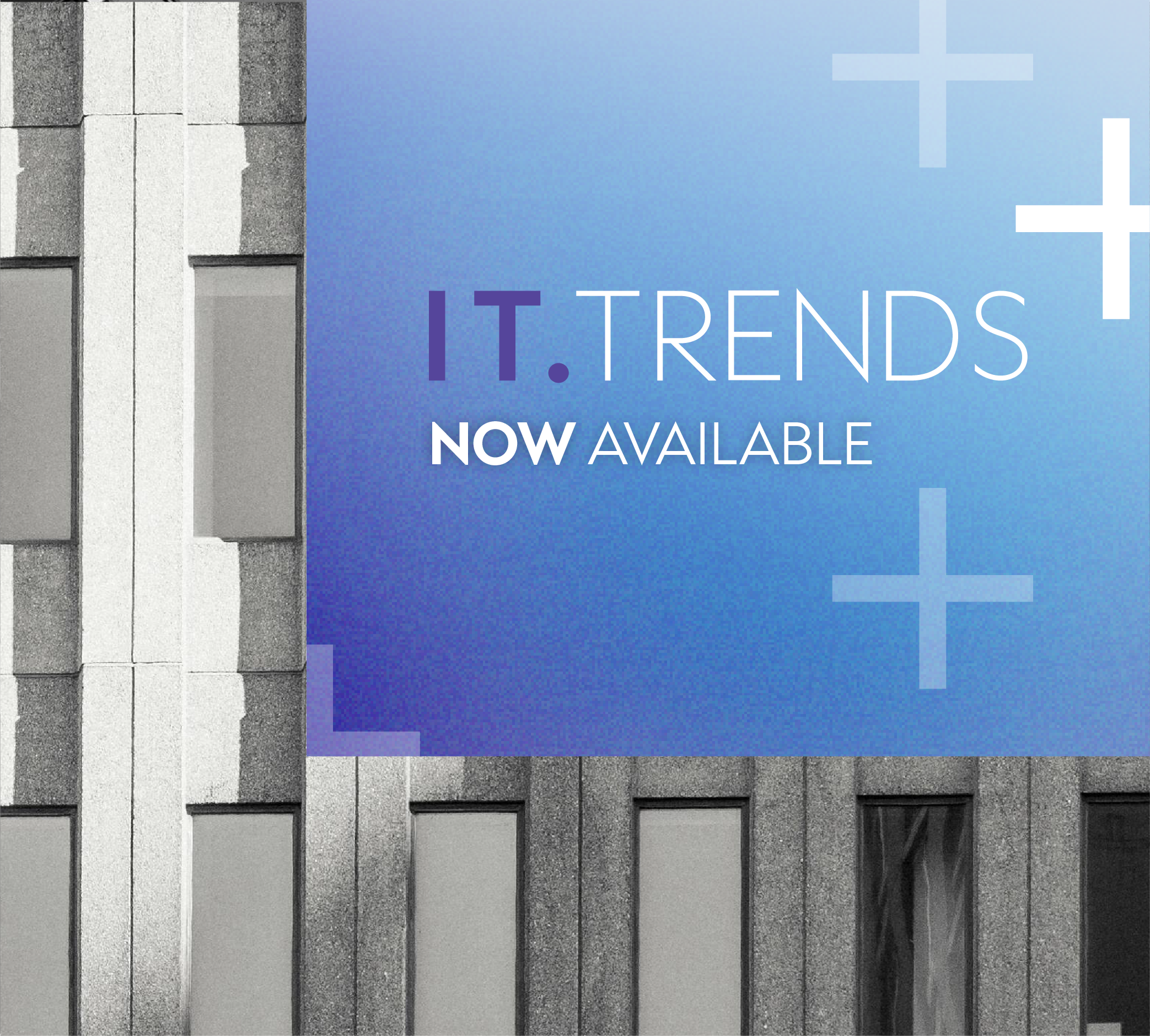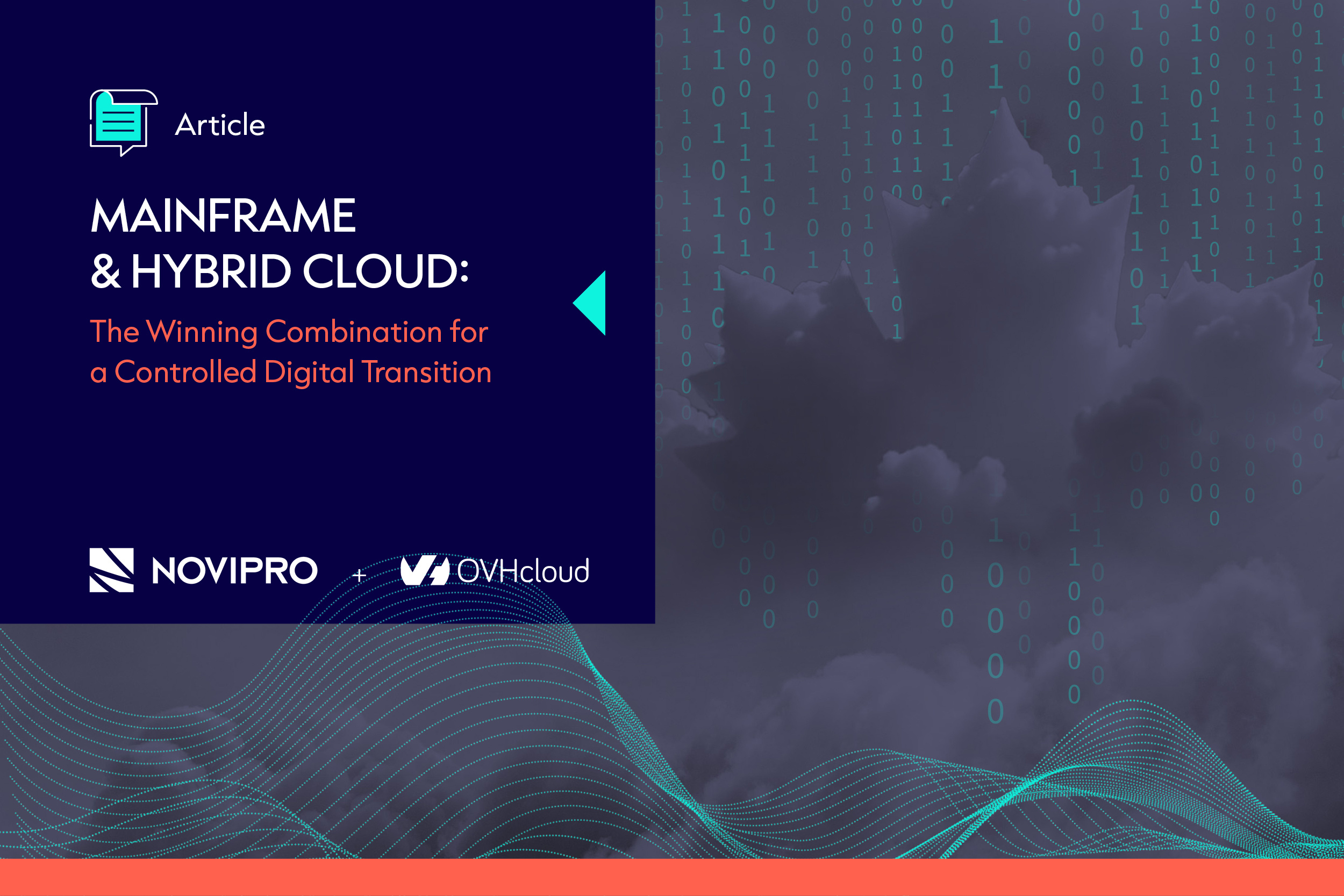It is not by accident that cloud computing services have become so popular. They help reduce tangible assets, specifically computers and software, and improve data security and accessibility of the new features in just a few days. Even more interesting, they normally provide great savings that enable you to allocate funds to services that are more in line with your company’s mission. These amounts are often related to the complexity of capacity and performance management and maintaining robust services.
What are the main invoicing methods used for cloud computing services? How can the most be made of them? What errors should be avoided? This blog will briefly attempt to answer these questions.
Invoicing Methods
There are a number of ways to bill for services: in general, we pay for processing ability, data storage capacity and the amount of data transferred. You will also be billed for certain more specialized services, such as the use of virtual offices or software provided as a service. The price of each element can vary considerably from supplier to supplier, and the lack of standardization can make comparisons difficult. So do the math!
How to Choose
Some of these invoicing methods work better for small businesses with ad hoc needs, and others for corporations with a major volume of transactions. Keep in mind that the space and bandwidth you use will likely naturally increase over time, since data volume tends to grow.
As with any contract, you will also have to pay special attention to the “small print”, i.e., fees for commissioning and decommissioning, data recovery, etc. Although these services are attractive, you obviously want to remain autonomous from your suppliers, and remained informed.
Errors to Avoid
The low cost of each service or the complexity of certain usage licences sometimes leads to oversubscription. The risk of nasty surprises becomes even greater if you allow your employees to register themselves for the services they need. To avoid the bill from inflating more than necessary, you must regularly check to see what services are not being used and can be removed.
The Solution?
We started by emphasizing that reducing the burden of performance management and maintaining sound services is a direct benefit of cloud computing. These management functions, however, allowed to maintain some control over the use of resources and to make IT services consistent across the board. The ease with which you can subscribe to cloud computing services will inevitably lead to governance and control issues regarding their use. So you must think about delegating internally usage control functions in order to prevent multiple subscriptions and maintain organizational governance.
Since you are unique, you know that no offer on the market can completely meet all your IT needs. Therefore, it is by combining various offers that you will find what works for you, and this is where we can help you at E-SPACE. Our philosophy is based on support and personalized service so as to ultimately offer you the best product for your situation.








